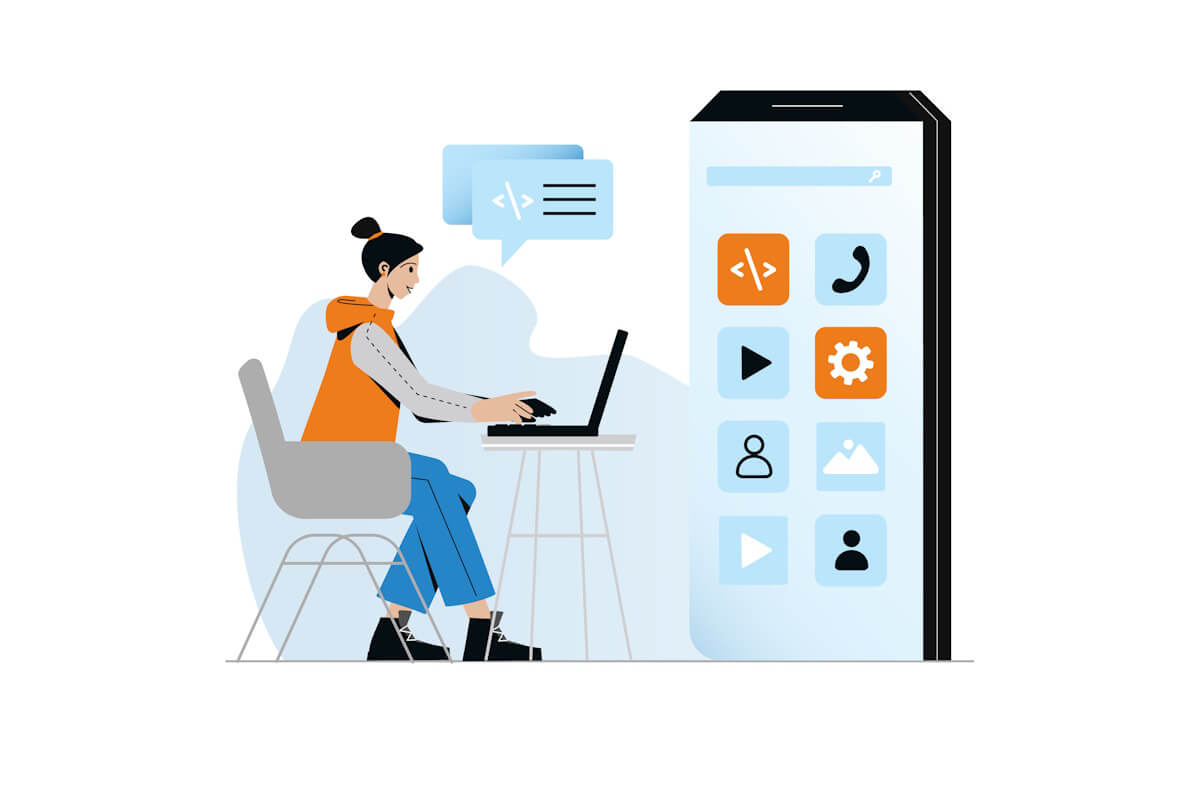Creating iOS apps that are accessible to all users, including those with disabilities, is not only a best practice but also a legal requirement in many countries. By designing for accessibility, you can ensure that your app is usable by a wider range of people and provide a better user experience for everyone.
Why Accessibility Matters
Accessibility is about designing products and services that can be used by people of all abilities, including those with disabilities. By making your app accessible, you can reach a larger audience and make a positive impact on people’s lives. In addition, designing for accessibility can also improve the overall usability and user experience of your app for everyone.
Accessibility is essential as it ensures that everyone, regardless of their abilities, can access and use your app effectively. By creating inclusive iOS apps, you not only comply with legal requirements but also demonstrate a commitment to social responsibility and user inclusivity. Moreover, accessible apps can have a significant impact on the lives of users with disabilities, providing them with equal opportunities to engage with technology.
Key Principles of Accessibility Design
When designing for accessibility, it’s important to keep in mind the following key principles:
- Perceivable: Ensure that all users can perceive the information presented in your app, regardless of their sensory abilities. This can be achieved by providing text alternatives for non-text content and using descriptive headings.
- Operable: Make sure that all users can navigate and interact with your app, regardless of their physical abilities. Implement features such as keyboard navigation and focus indicators to enhance operability.
- Understandable: Ensure that all users can understand how to use your app, regardless of their cognitive abilities. Use clear and concise language, logical navigation, and intuitive design elements.
- Robust: Design your app to be compatible with a wide range of devices and assistive technologies. Test your app across different platforms and devices to ensure compatibility and robustness.
Tips for Designing Accessible iOS Apps
Here are some tips for designing accessible iOS apps:
- Use Semantic HTML: Utilize semantic HTML elements to provide structure and meaning to your app’s content. This can help users with screen readers navigate your app more easily.
- Provide Alternative Text: Add alternative text to images and other non-text content in your app to ensure that users with visual impairments can understand the information being presented.
- Use High Contrast Colors: Utilize high contrast colors to make text and other important elements stand out more clearly, making it easier for users with low vision to read and interact with your app.
- Include Keyboard Navigation: Ensure that all features and functionalities of your app can be accessed and interacted with using a keyboard, as some users may not be able to use a touchscreen.
- Test with Assistive Technologies: Test your app with assistive technologies such as VoiceOver to ensure that it is fully accessible to users with disabilities.
Benefits of Designing for Accessibility
Designing for accessibility not only benefits users with disabilities but also provides several other advantages:
- Improved User Experience: By making your app accessible, you can provide a better user experience for all users, leading to increased user satisfaction and retention.
- Increased Reach: By designing for accessibility, you can reach a larger audience, including users with disabilities who may have been excluded from using your app otherwise.
- Enhanced Brand Reputation: Demonstrating a commitment to accessibility can help improve your brand’s reputation and attract more users who value inclusive design.
Conclusion
In conclusion, designing for accessibility is essential for creating inclusive iOS apps that can be used by all users, regardless of their abilities. By following best practices and considering the needs of users with disabilities, you can create apps that are not only compliant with accessibility standards but also provide a better user experience for everyone. By prioritizing accessibility in your app design process, you can make a positive impact on society and differentiate your app in a competitive market.
Have questions about designing accessible iOS apps? Contact us and our team of experts would be happy to help!
FAQs:
Why is accessibility important in iOS app development?
Accessibility in iOS app development is important because it allows all users, including those with disabilities, to access and use the app. It ensures a wider audience can benefit from the app and provides a better user experience for everyone.
What are the key principles of accessibility design?
The key principles of accessibility design include being perceivable, operable, understandable, and robust. This means ensuring that all users can perceive information, navigate and interact with the app, understand how to use it, and that the app is compatible with a variety of devices and assistive technologies.
What are some tips for designing accessible iOS apps?
Some tips for designing accessible iOS apps include using semantic HTML for structure, providing alternative text for images, using high contrast colors for better visibility, including keyboard navigation for those who cannot use touchscreens, and testing with assistive technologies like VoiceOver.
What are the benefits of designing for accessibility in iOS app development?
Designing for accessibility in iOS app development not only helps reach a larger audience and make a positive impact on people’s lives, but it also improves the overall usability and user experience of the app for everyone.



+ There are no comments
Add yours